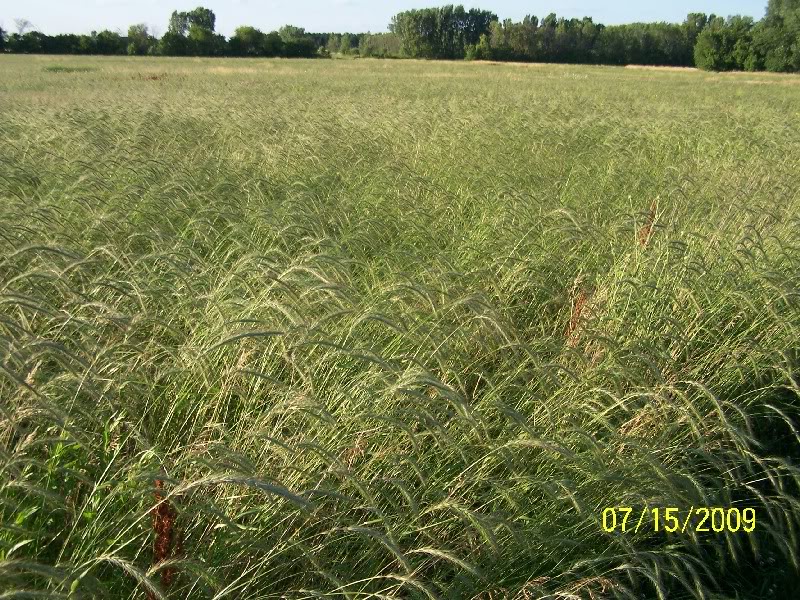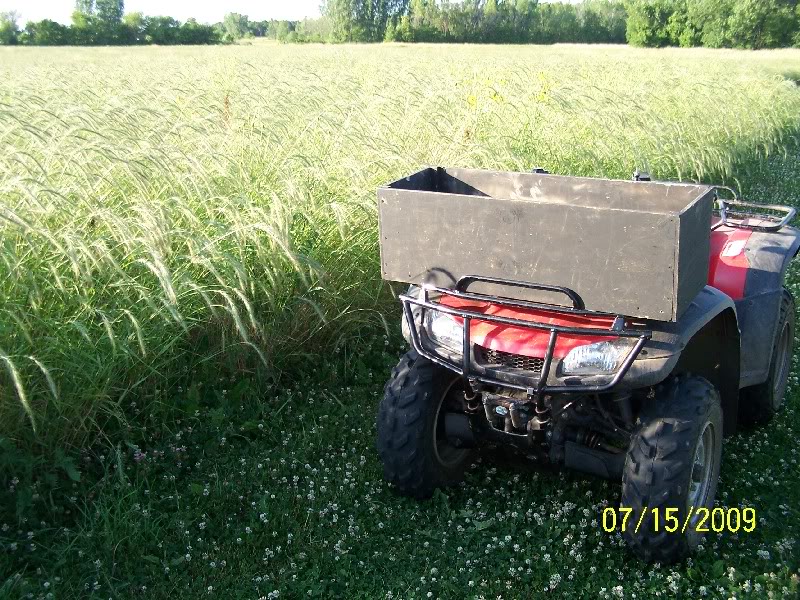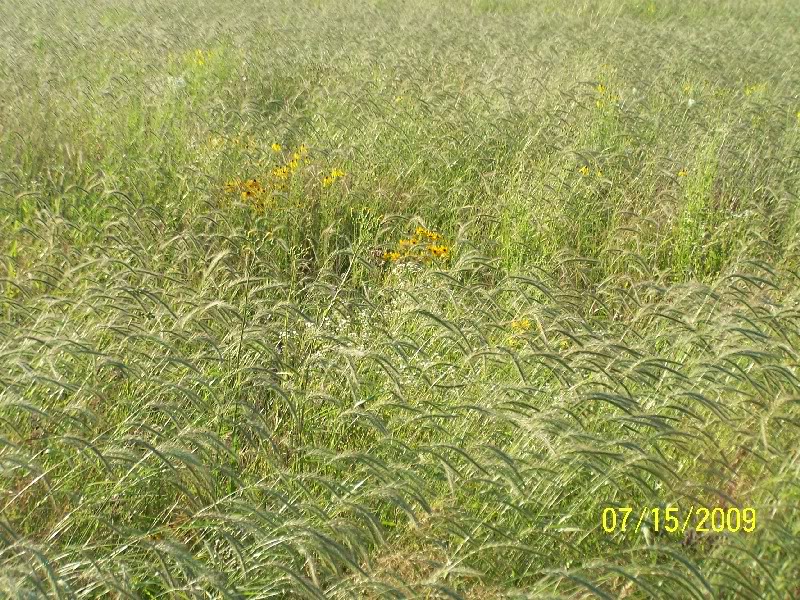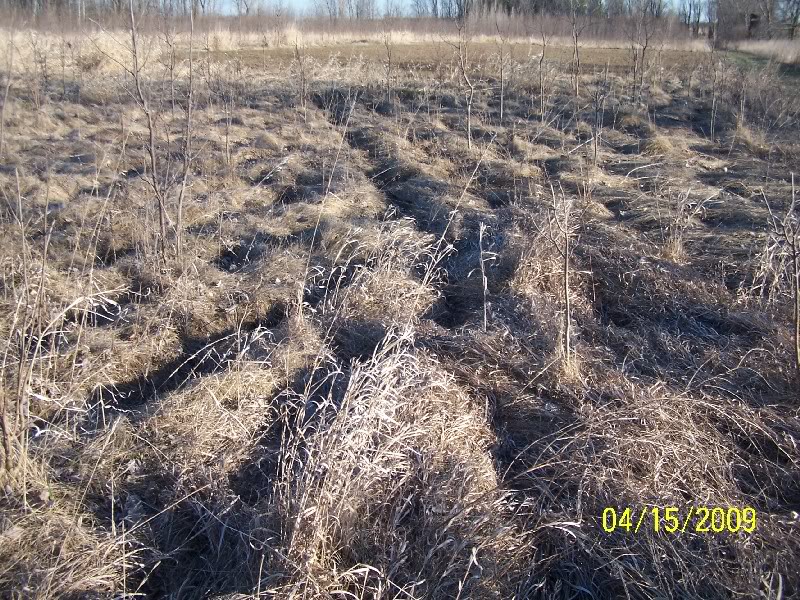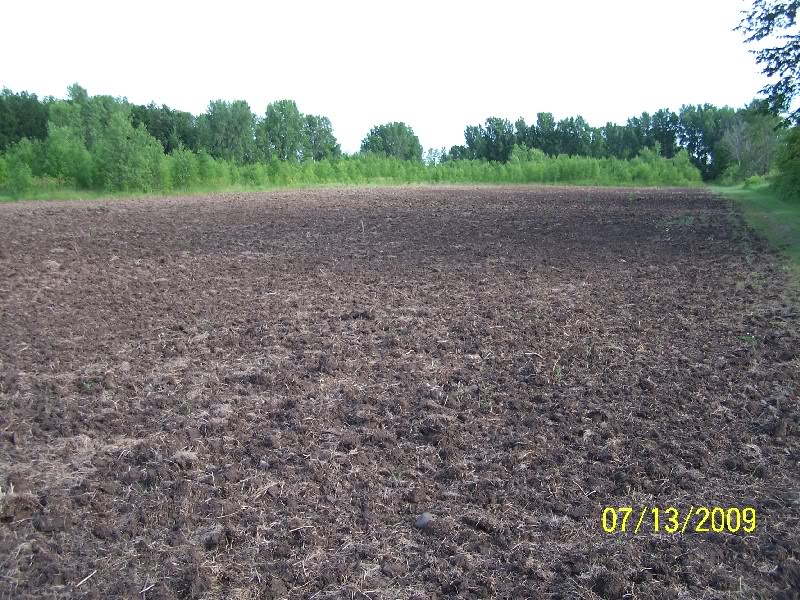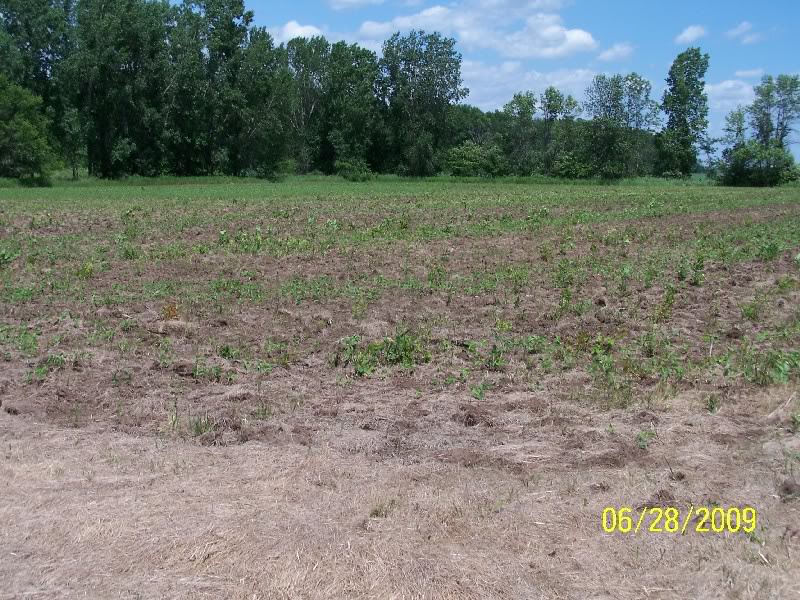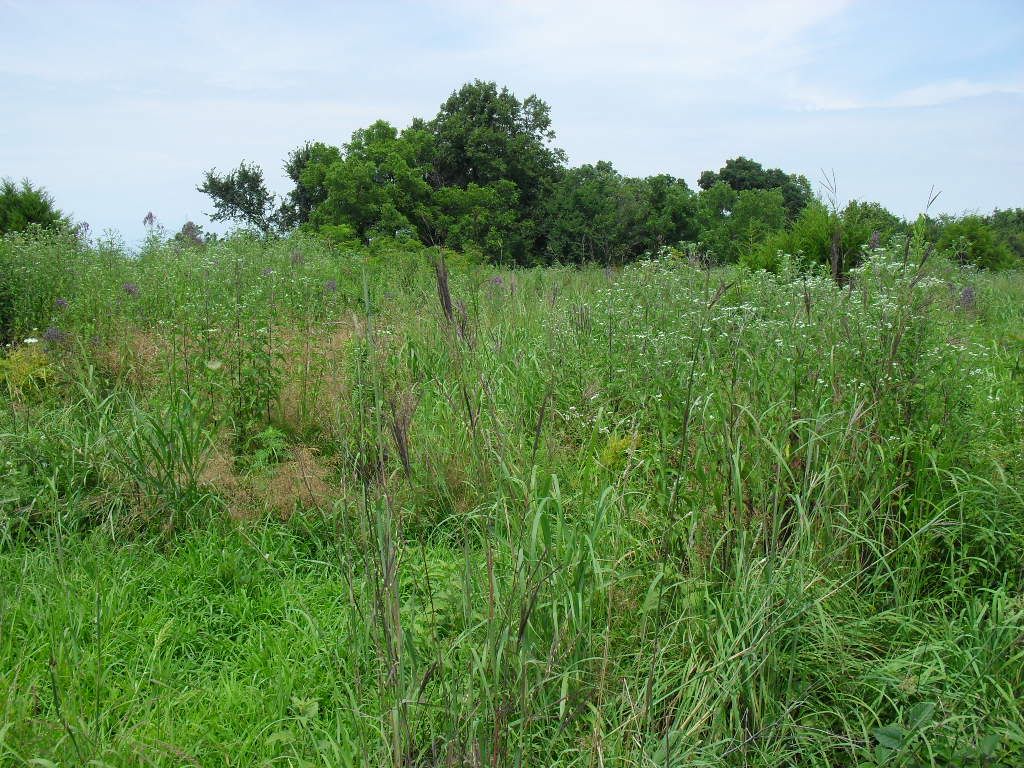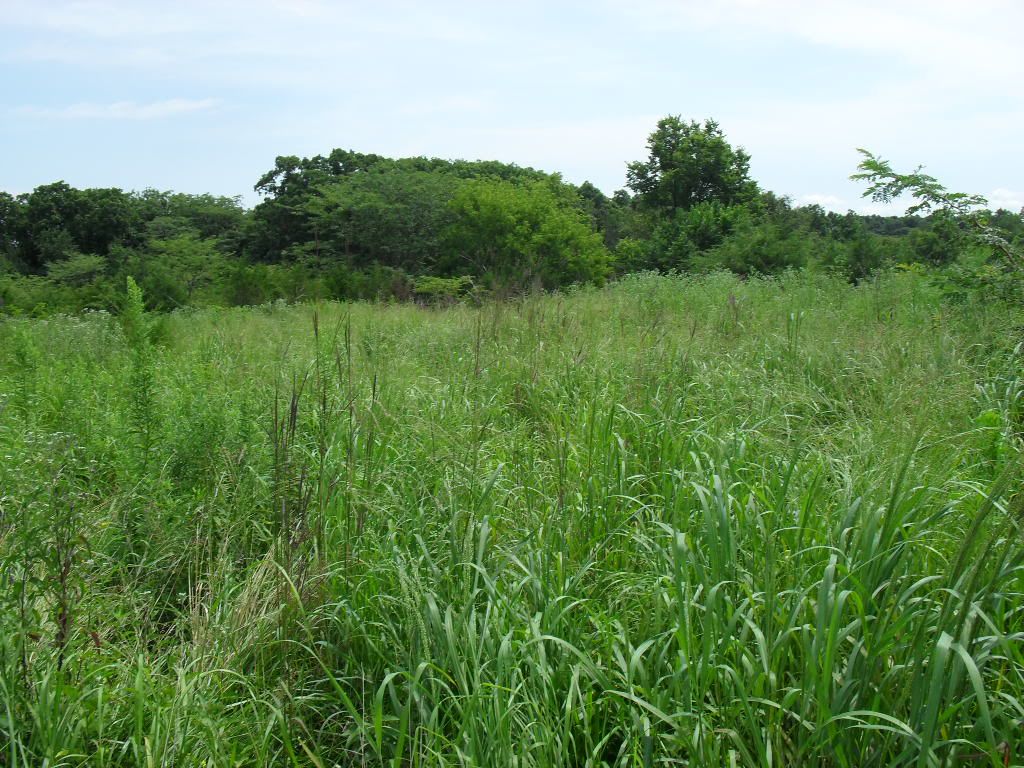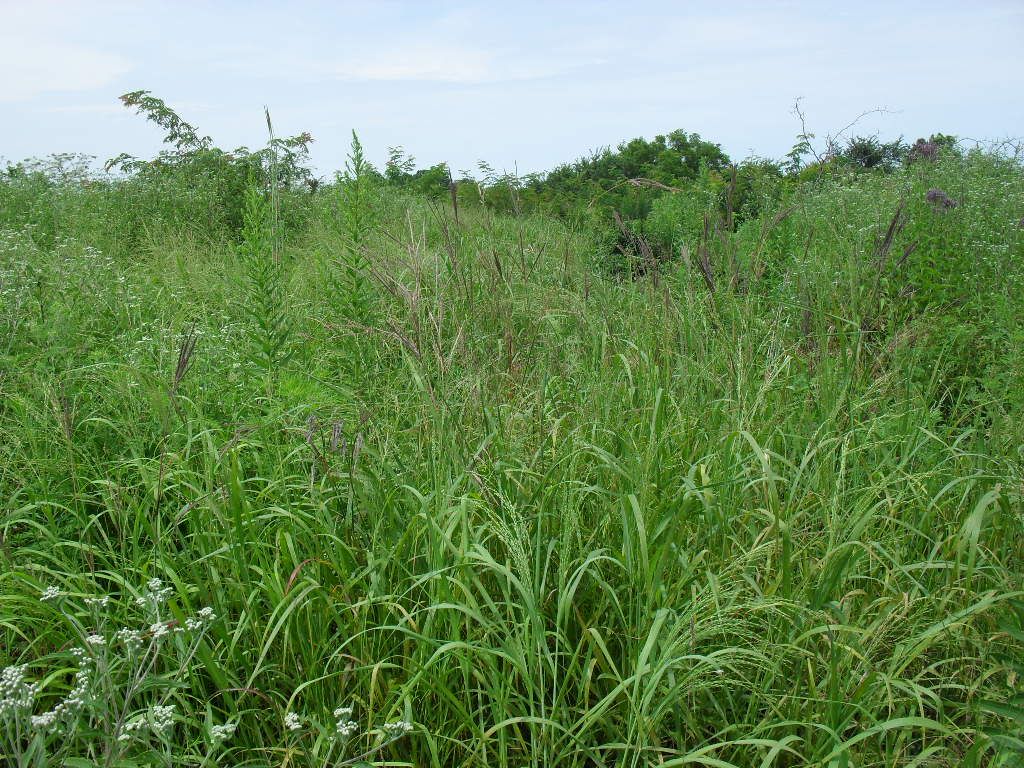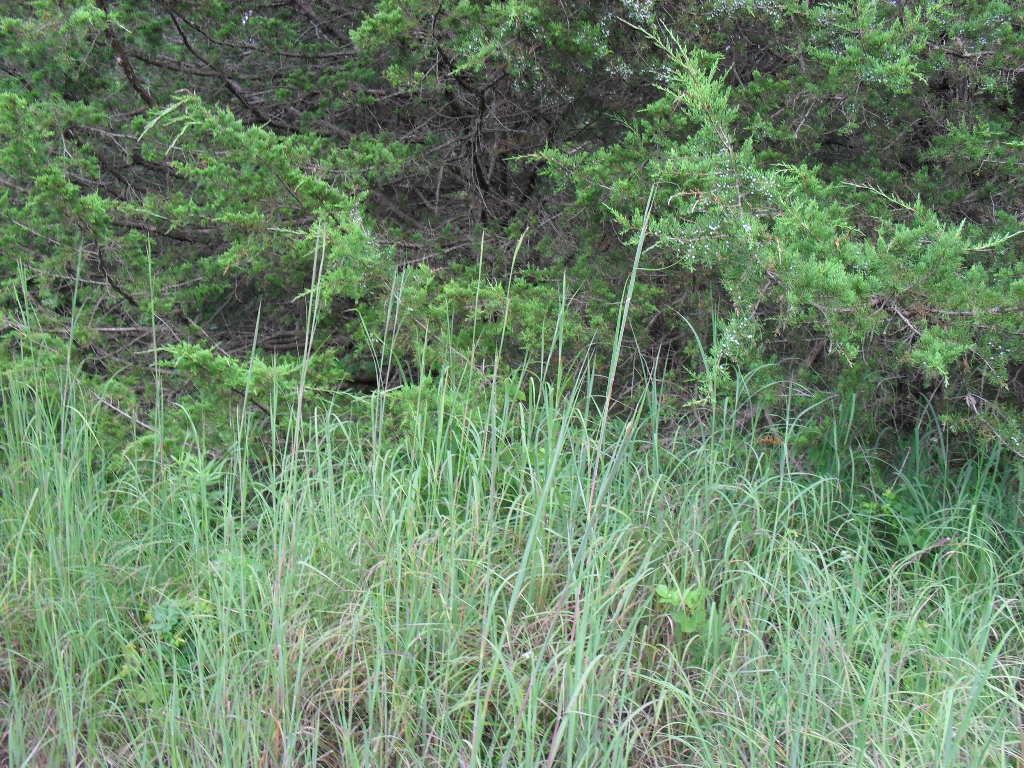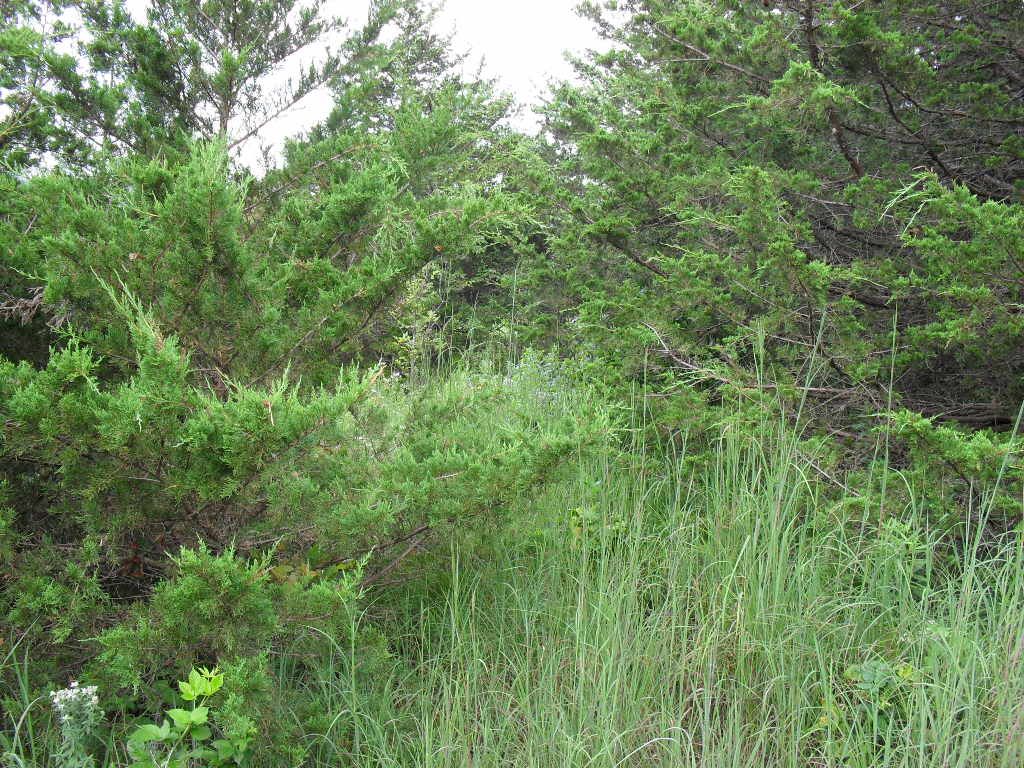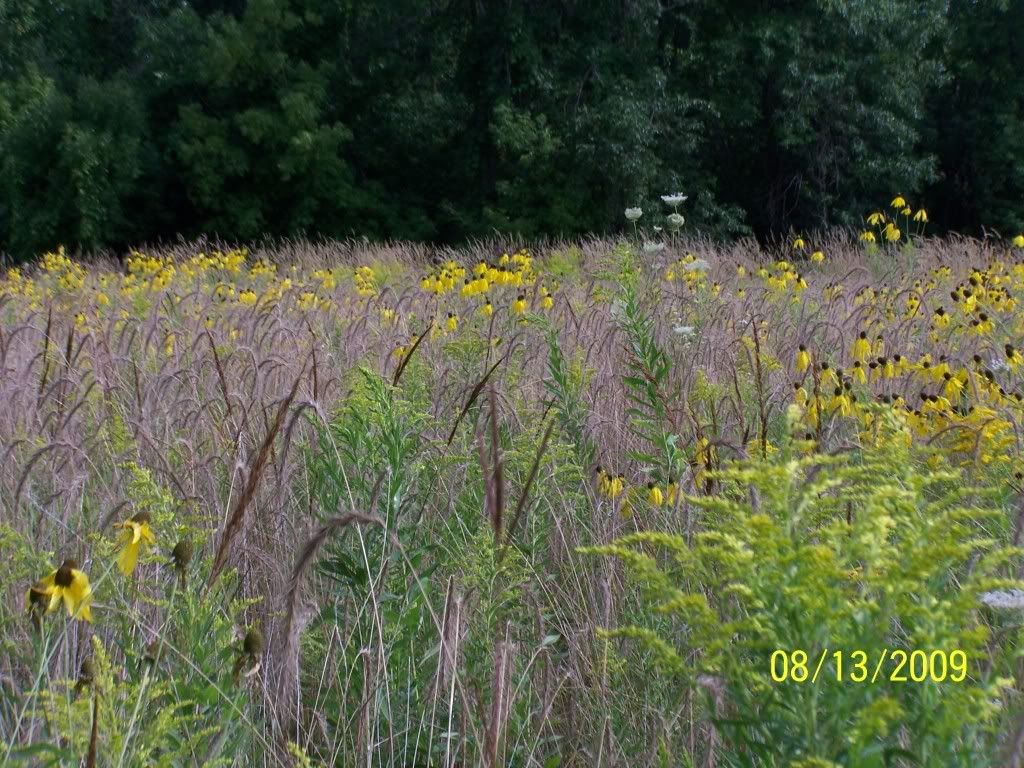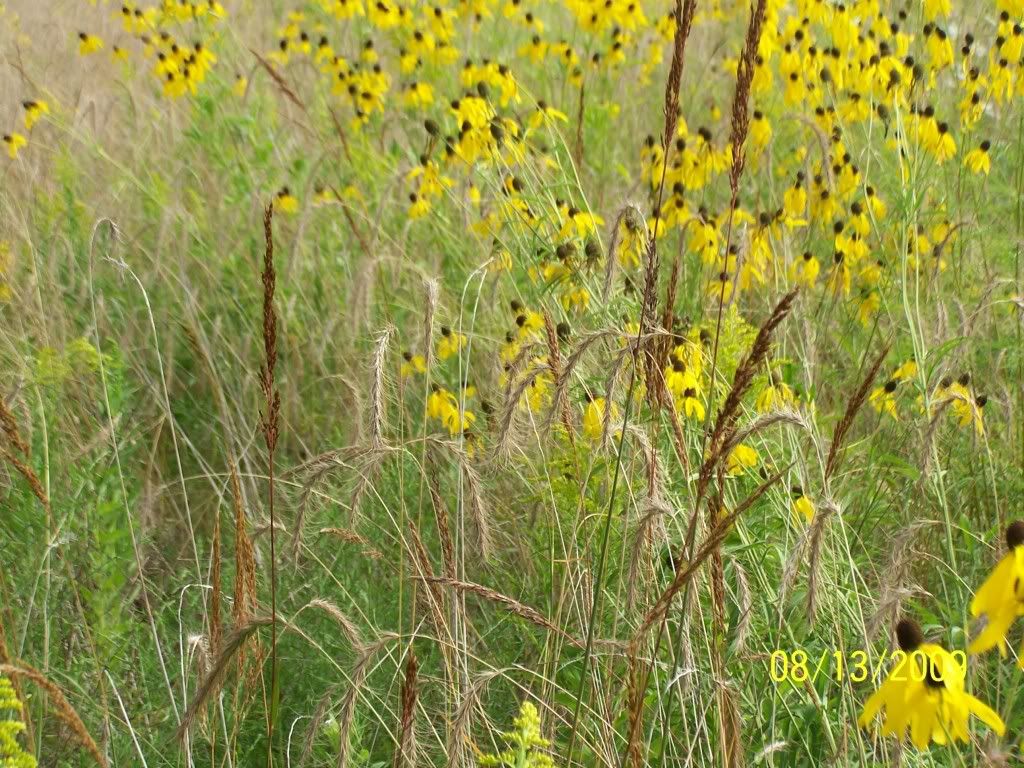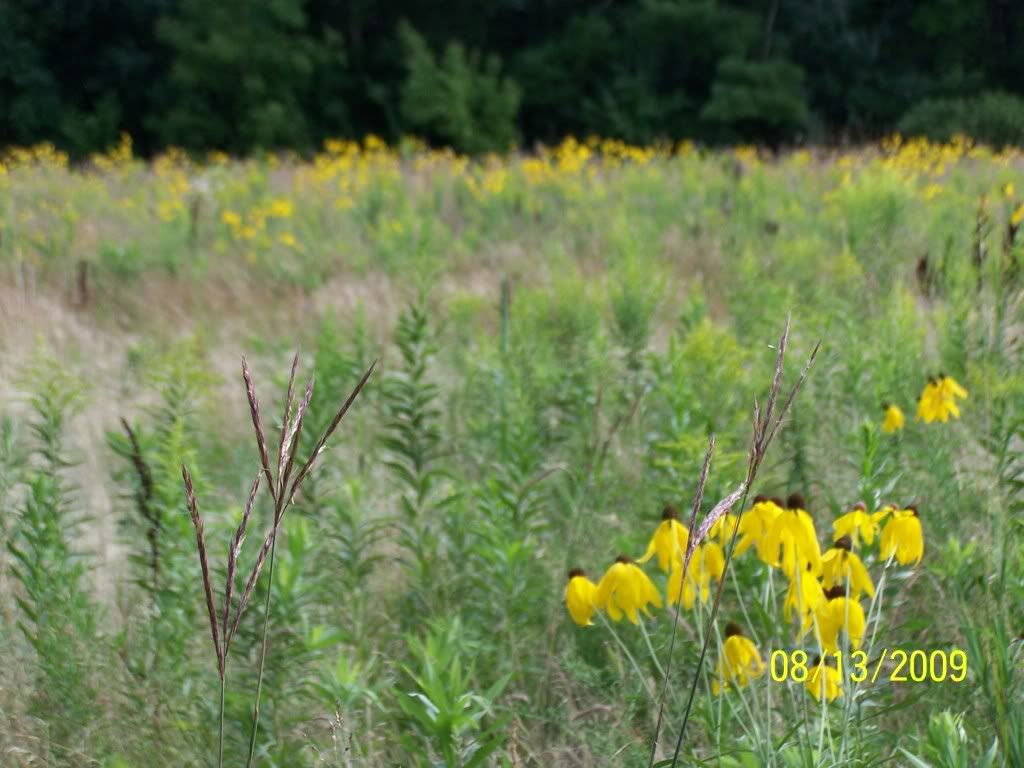dbltree
Super Moderator
I shared in the switchgrass thread that switch is very resistant to Oust XP herbicide and that this herbicide may prove to be an economical and easily obtained option comapred to atrazine.
I do not know at this point how Oust affects Indiangrass but it certainly doesn't phase Big Bluestem...
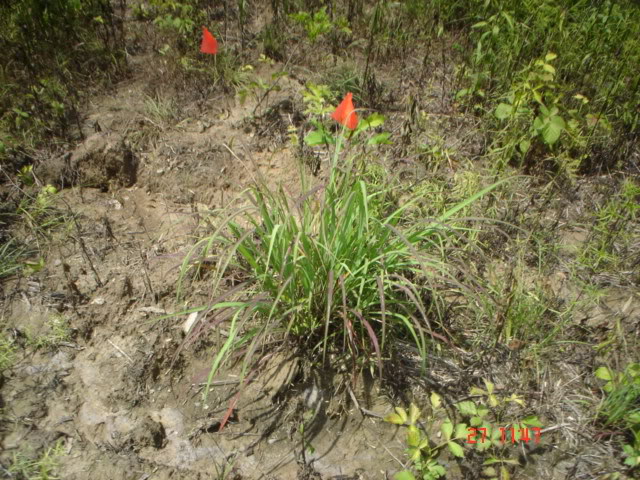
These pics are taken where my tree planting when right thru wild native big bluestem and the Big Blue was untouched!
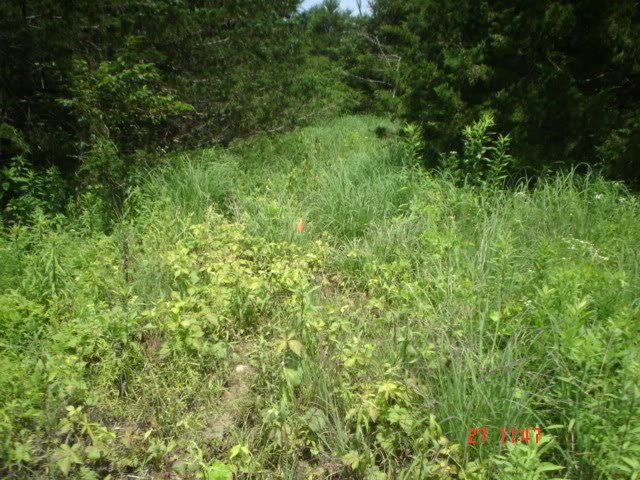
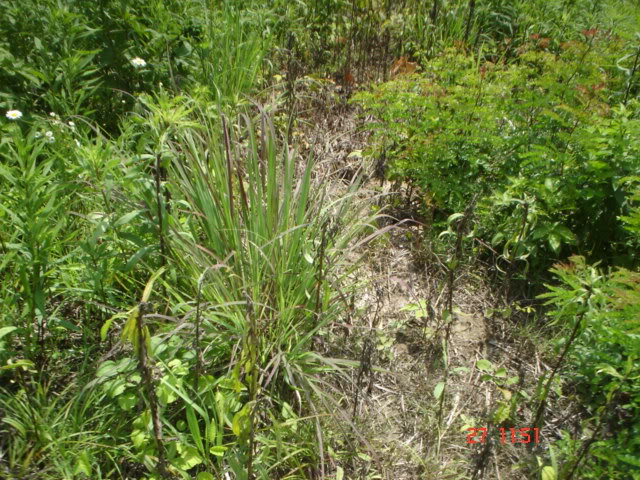
I had used one ounce of Oust XP in my 3 gallon backpack sprayer but how much that translates into per acre is very difficult to say because hand spraying is not consitant...hard to control "ground speed" and "RPM's" when your stumbling around in a blackberry patch...
This pic was taken June 9th of established Indiangrass just to give an idea of plant growth early on.
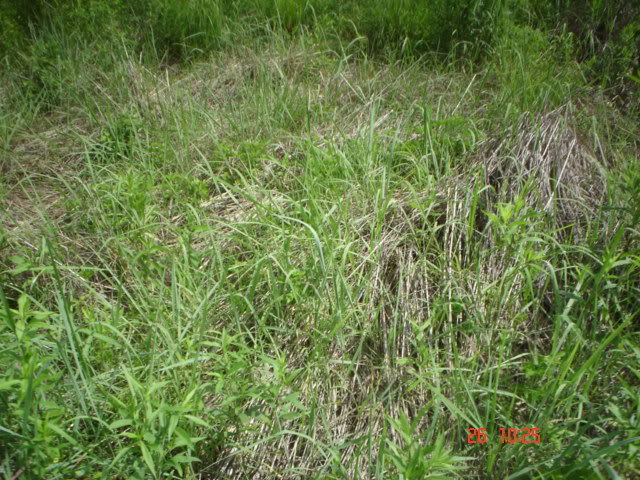
Growth is always faster after a burn when the blackened soils warm quickly and speeds growth of NWSG's
This is an Indiangrass seed head forming on July 7 while another field was no where close to this height. The varieties are different however and after all these years I have no clue what they are.
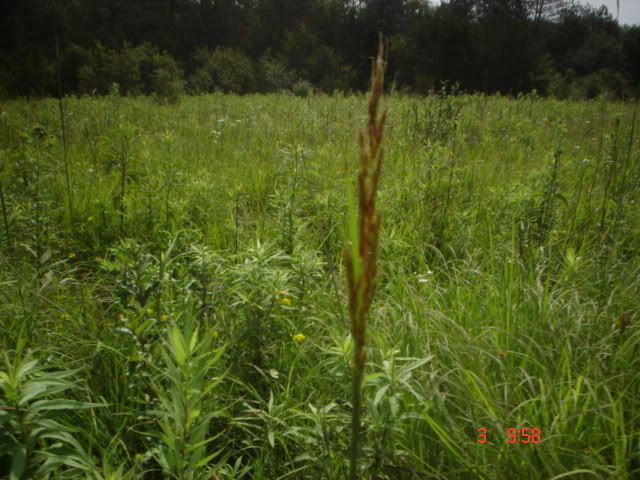
Big Blustem seed heads in the same field
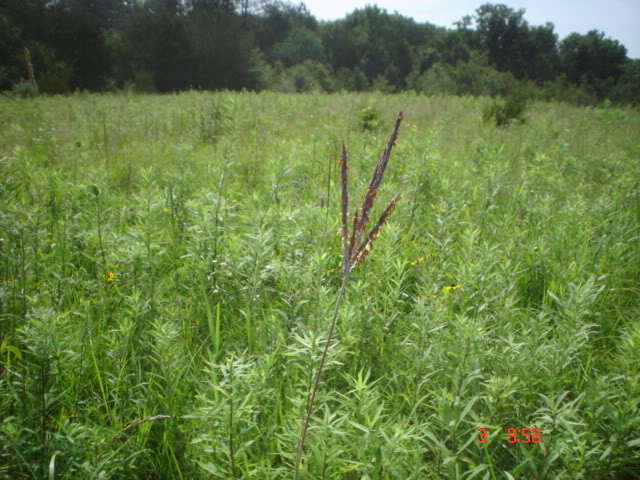
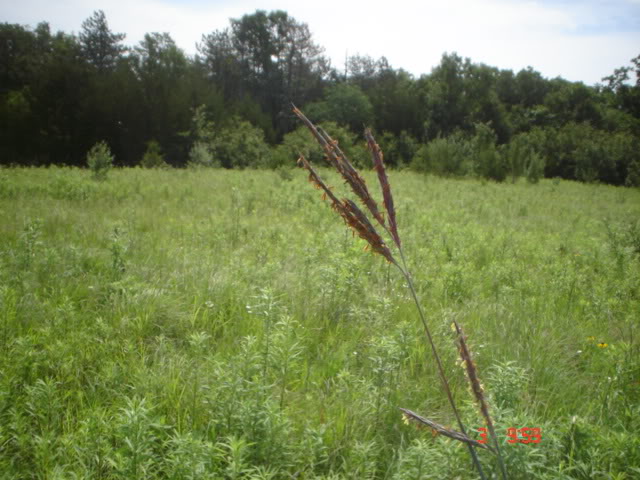
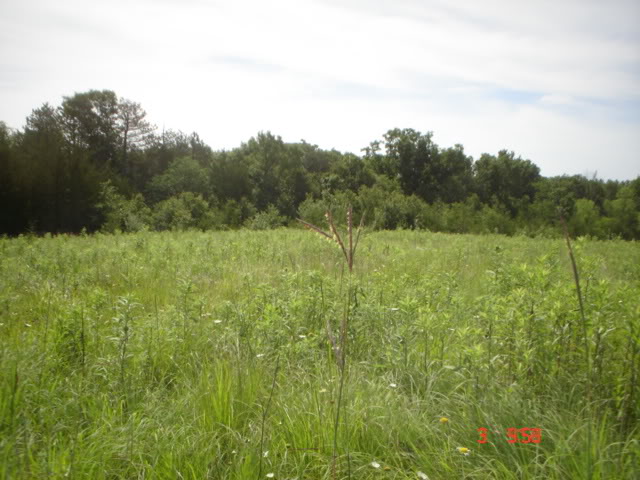
I have noticed that more frequent burning is better then less and waiting three years the difference in spring growth is profound.
After burning, NWSG springs to life and dominates but after only three years the soil is again covered with thatch and straw keeping the soil cooler which encourages cool season grasses and weeds to invade.
I do not know at this point how Oust affects Indiangrass but it certainly doesn't phase Big Bluestem...

These pics are taken where my tree planting when right thru wild native big bluestem and the Big Blue was untouched!


I had used one ounce of Oust XP in my 3 gallon backpack sprayer but how much that translates into per acre is very difficult to say because hand spraying is not consitant...hard to control "ground speed" and "RPM's" when your stumbling around in a blackberry patch...
This pic was taken June 9th of established Indiangrass just to give an idea of plant growth early on.

Growth is always faster after a burn when the blackened soils warm quickly and speeds growth of NWSG's
This is an Indiangrass seed head forming on July 7 while another field was no where close to this height. The varieties are different however and after all these years I have no clue what they are.

Big Blustem seed heads in the same field



I have noticed that more frequent burning is better then less and waiting three years the difference in spring growth is profound.
After burning, NWSG springs to life and dominates but after only three years the soil is again covered with thatch and straw keeping the soil cooler which encourages cool season grasses and weeds to invade.



